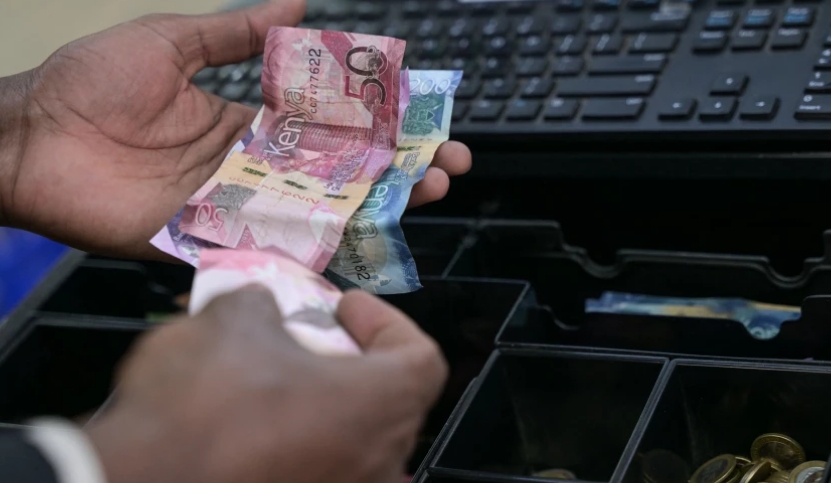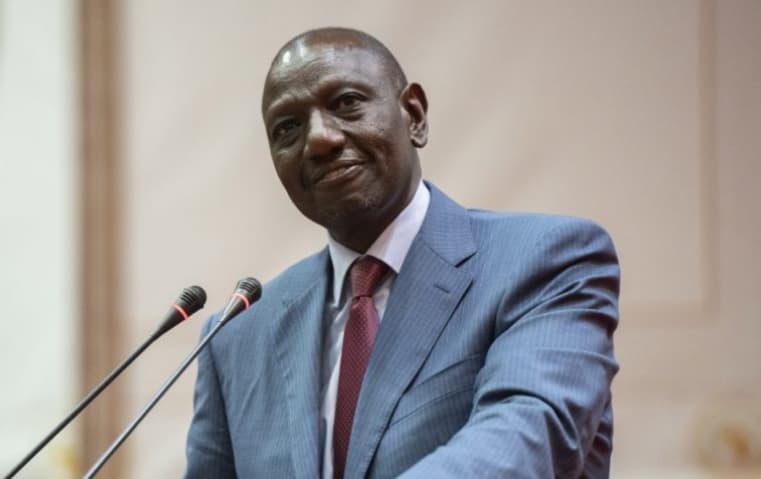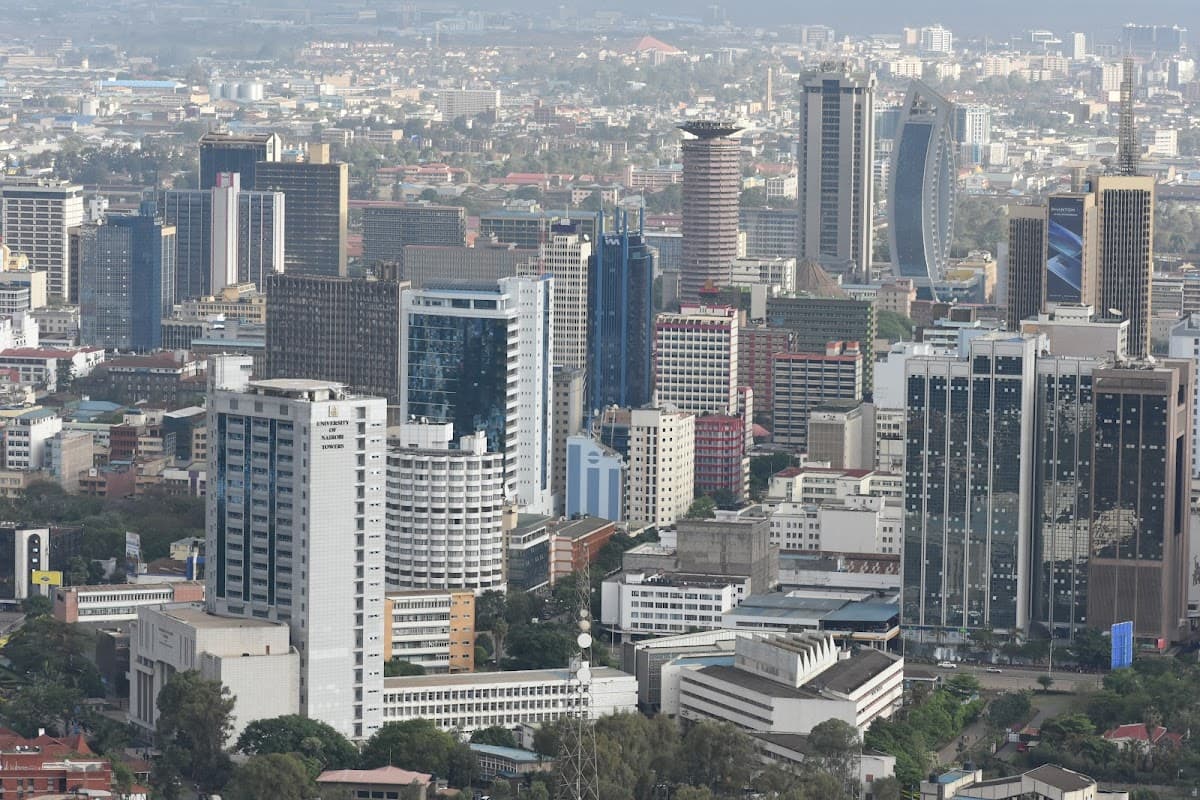The Kenyan Shilling outperformed its continental counterparts to become the best-performing currency in Africa in 2024.
The local currency appreciated by 20 per cent against the global benchmark, the US Dollar, over the year, marking the highest gain across the region.
The strong performance is attributed to less restrictive financial conditions and the realisation of benefits from foreign exchange market reforms during the year.
According to the latest edition of the World Bank’s Africa Pulse report, Compared to some of the continent’s powerhouses, say the South African rand, for instance, and currencies that are pegged to the rand, fluctuated slightly in 2024, and so far in 2025.
“The weakest performing currencies over the past year were the South Sudanese pound, the Ethiopian birr, and the Nigerian naira, with reductions in value that exceeded 40 per cent in 2024,” the World Bank said.
As 2025 unfolds, the lender further notes that the Kenyan Shilling has maintained its momentum, showing relative stability despite the prevailing global economic pressures.
The appreciation often has several implications for Kenya's economy. For instance, the effect of reduced importation costs often trickles down to consumers, as Kenya remains a net importer.
When the value of the Kenyan Shilling strengthens against the USD, it takes fewer shillings to purchase the same amount of USD needed to pay for imports. This effectively reduces the cost of importing goods.
Reduced import costs translate into lower prices for imported goods, making them more affordable for Kenyan consumers. This means that items such as electronics, clothing, and luxury goods imported from other countries will be cheaper.
However, local businesses and industries may face increased competition from imported goods as they become more affordable than locally-produced goods.
As domestic businesses struggle to compete with imported goods in the long term, they may be forced to downsize or close operations. To prevent this and save local industries, the government might introduce supportive policies such as increasing import tariffs and taxes to level the playing field.
Diaspora inflows, or remittances, refer to monetary transfers sent by Kenyans living abroad to their families or communities in Kenya. These transfers may include cash, bank deposits, or payments for specific purposes such as education, rent, healthcare, or savings/investments in Kenya.
Remittances are a vital source of income for many Kenyan households and a significant source of foreign exchange for the country.
When KES strengthens against the US Dollar, diaspora individuals may perceive that their remittances have less purchasing power in Kenya, making sending money home for savings or investments less attractive.
For example, consider a Kenyan nurse working abroad who regularly sends money home to her savings account in Kenya. Suppose she typically sends $300 to her Kenyan savings account each month to save for her future or invest in opportunities in Kenya.
If the Kenyan Shilling strengthens against the US Dollar, the amount of Kenyan Shillings she receives for her $300 remittance will decrease. As a result, she may feel discouraged from sending as much money home for savings and choose to hold onto her US Dollars. This way, she can preserve the value of her funds and potentially take advantage of more favourable exchange rates in the future.
The CBK may take various policy actions in response to a stronger shilling. For instance, if the stronger shilling leads to lower inflation in the long term, the CBK may lower its policy interest rates to stimulate borrowing and spending, thereby supporting economic activity.
Additionally, the CBK may intervene immediately in the foreign exchange market by buying or selling foreign currency to stabilise the exchange rate.
When you save in USD and convert to KES to spend or vice versa, your purchasing power is directly affected by fluctuations in the exchange rate between the two currencies. If the KES strengthens against the USD, meaning it takes fewer KES to buy one USD, your purchasing power in terms of KES increases. Conversely, if the KES weakens against the USD, your purchasing power in terms of KES decreases.
An analysis of data from the Central Bank of Kenya shows the Kenyan Shilling closed the first quarter of 2025 on a strong footing, marking a significant turnaround with a 14 per cent year-on-year gain against the greenback.
It averaged an exchange rate of 129.34 to the dollar, a 13.6 per cent gain from the same quarter in 2024, when it averaged 149.74.







